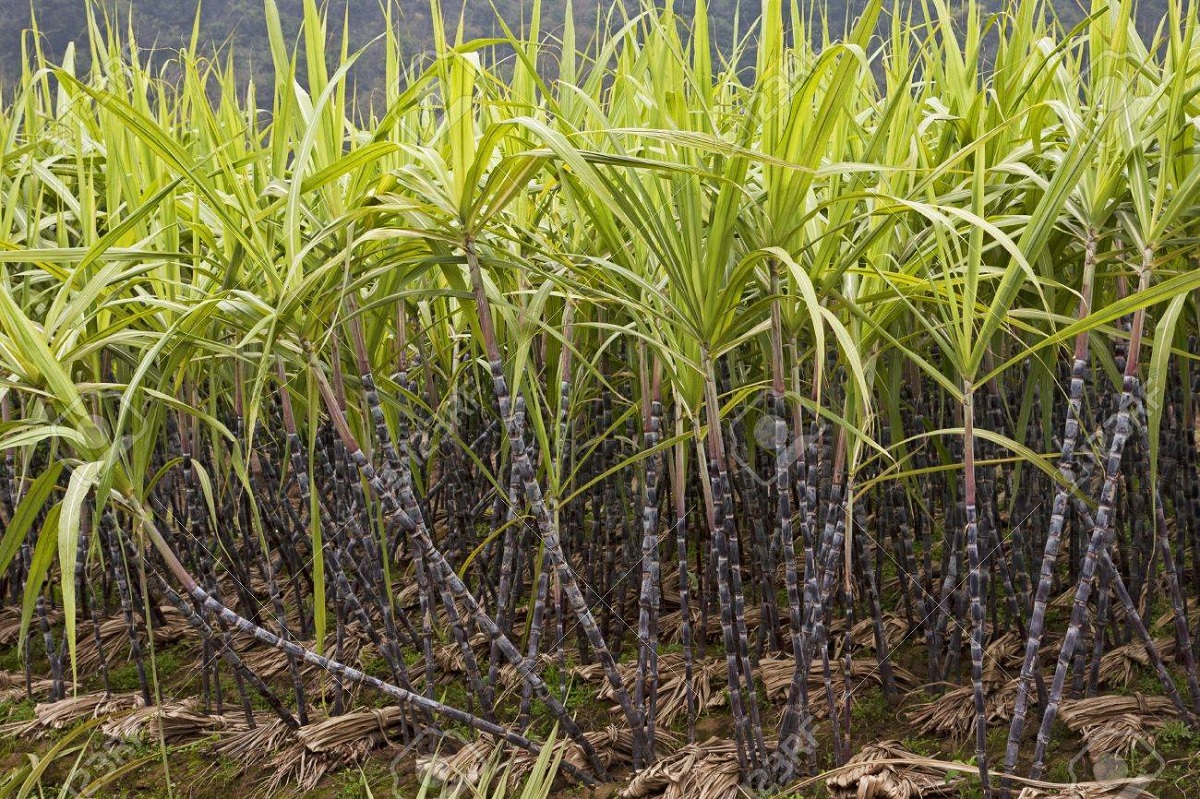571 words / 4.5 minute reading time
- Mills will now face a THB 12/mt fine if more than 50% of their cane is burnt before harvesting.
- Cane burning in Thailand attracts attention as a cause of the growing pollution problem.
- However, we think that the policy will have little impact on the volume of cane burnt.
The Problem
- Mechanical cane harvesting in Thailand is not commonplace like it is elsewhere in the world.
- Much of the cane area is not suitable for mechanical harvesting due to the cane being planted in separate small areas.
Mechanical Cane Harvesting Not Common in Thailand
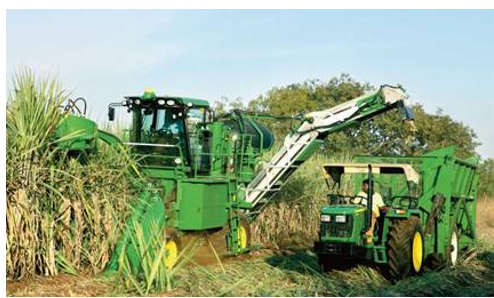
- This means that large amounts of cane have to be cut by hand; this is a very laborious process.
- Due to shortage of labourers, over 60% of the cane is burnt first, as this dramatically reduces the labour required.
- This is done regardless of the fact that burning cane being illegal as, in reality, it has not been heavily policed at a farm level.
18/19 Cane Harvest – Burnt Cane vs. Fresh Cut Cane
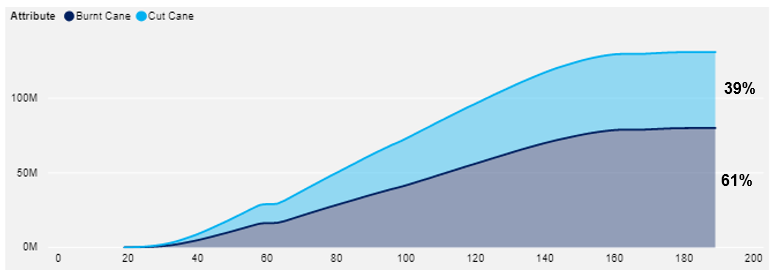
- This practice has been linked to the poor air quality especially in Bangkok.
- As a result, there has been widespread public outrage towards the Government for allowing this process to continue despite the links to pollution.
Smog in Bangkok Linked to Burning of Sugarcane
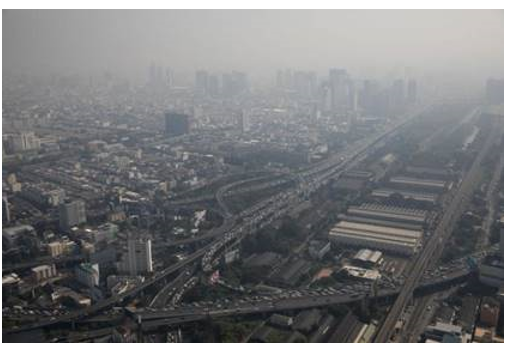
The Proposed Solution
- The Government is now upping its efforts to police the amount of cane that is being burnt by placing more attention on the millers.
- As a deterrent, millers now face a fine of THB 12/mt of cane (USD 0.40) if they accept more than 50% of burnt cane.
- This fine will payable on all burnt cane over 50%.
- In addition, the Government is providing THB 6b (USD 200m) low-interest loan facilities to farmers (guaranteed by mills) to invest in mechanisation where possible.
- There is also a recommendation in place that mills push to achieve 60% cut cane by 2022.
- You can track for yourselves the progress of mills towards these targets using our new Crop Progress models on Czapp.
In order to access this, head to the Interactive Data section, found in the Data Centre top-left drop down menu (outlined in red below). From here, select the tile named ‘Crop Models’ (highlighted in yellow below).
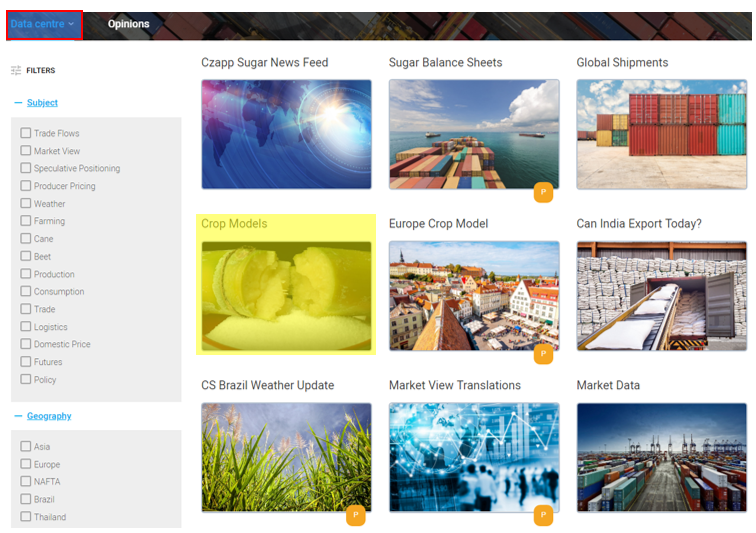
…and you’ll be taken to the report.
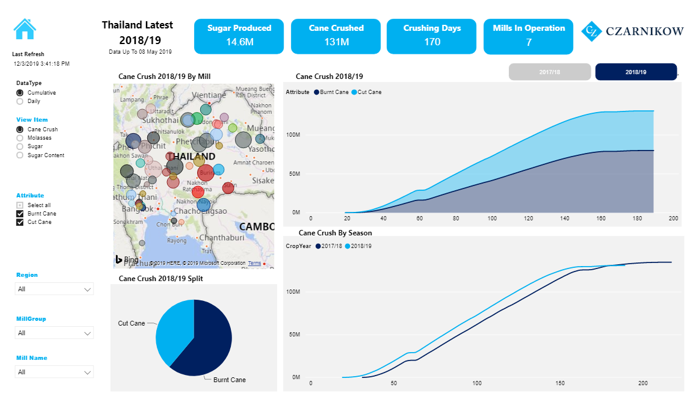
Will The Plan Work?
- We don’t believe that the fine is large enough to prevent mills from accepting more than 50% burnt cane.
- On top of this, the shortage of labour will make it challenging for the industry to meet this target.
- However, due to the reduced cane volume we expect this year (30m tonnes lower YoY), achieving the 50:50 split is made easier as less cut cane needs to be harvested.
Cut Cane Volume Required To Achieve 50% Cut Cane

- The other consideration is the large investment required to achieve these goals.
- At a time when farmer’s returns from cane are negative and lower than the alternatives, it is unlikely that farmers would want to invest in new machinery (even with the government loans) or increased labour costs.
Thailand Crop Returns

- We estimate that per every additional 1% of fresh cane, 46 harvesters are needed at the combined cost of almost $20m USD.
- Therefore, over 200 million USD of investment would be required to reach the 50% level; this would increase to nearly half a billion USD to reach the recommended level of 60% cut cane.
